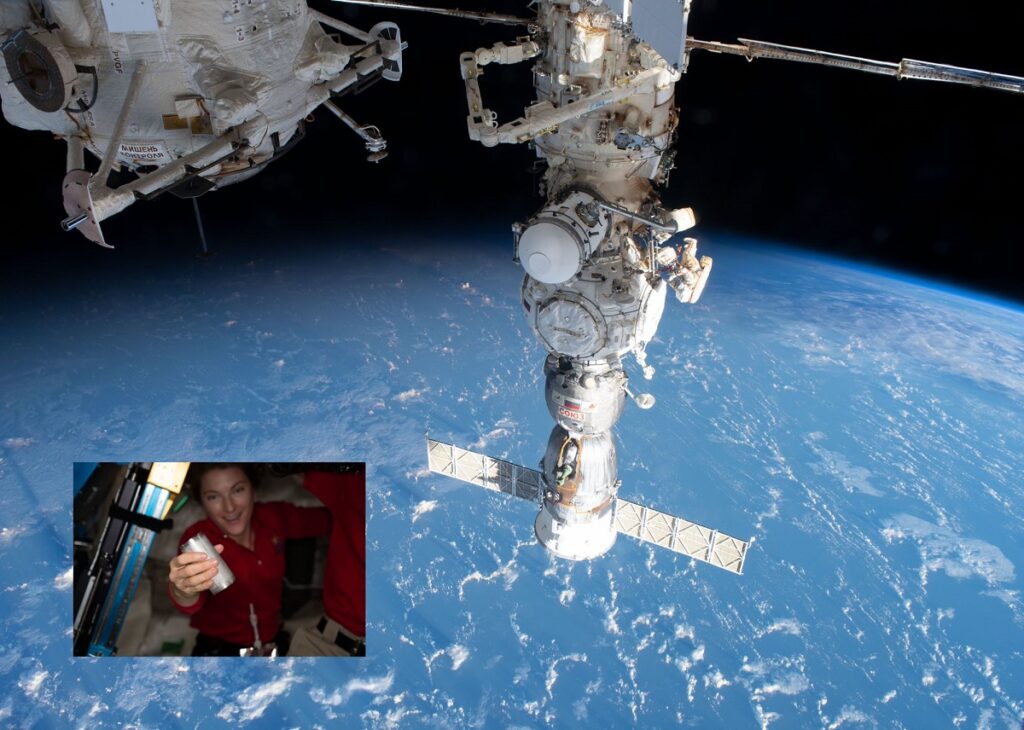In the challenging environment of space, where water is scarce, NASA has achieved an impressive milestone by recovering almost 98% of water brought to the International Space Station (ISS) by the crew. This remarkable feat was accomplished through the use of the Environmental Control and Life Support System (ECLSS), which comprises several components.
The Water Recovery System collects wastewater and directs it to the Water Processor Assembly (WPA), which produces drinkable water. The ECLSS also utilizes dehumidifiers to capture moisture from the crew’s breath and sweat.

The Urine Processor Assembly (UPA) plays a crucial role in the system, recovering water from urine through vacuum distillation. In an earlier version of the technology, the distillation process resulted in a concentrated “urine brine” containing some reusable water. However, the recent addition of the Brine Processor Assembly (BPA) has further enhanced the system’s efficiency, allowing the recovery of the remaining wastewater.
The BPA uses a special membrane to process the brine produced by the UPA. By blowing warm, dry air over the brine, the water is evaporated, creating humid air that can be collected by the station’s water collection systems, alongside the moisture from the crew’s sweat and breath.

The collected water then undergoes filtration, followed by treatment in a catalytic reactor to eliminate any remaining contaminants. Sensors ensure the water’s purity, and if necessary, unacceptable water is reprocessed. Finally, iodine is added to prevent microbial growth, and the purified water is stored for the crew’s consumption.
This achievement marks a significant step in sustainable water management in space, highlighting NASA’s commitment to resource conservation and ensuring the crew’s access to safe drinking water in the demanding conditions of orbit.
Watch Here: NASA ScienceCasts: Water Recovery on the Space Station
